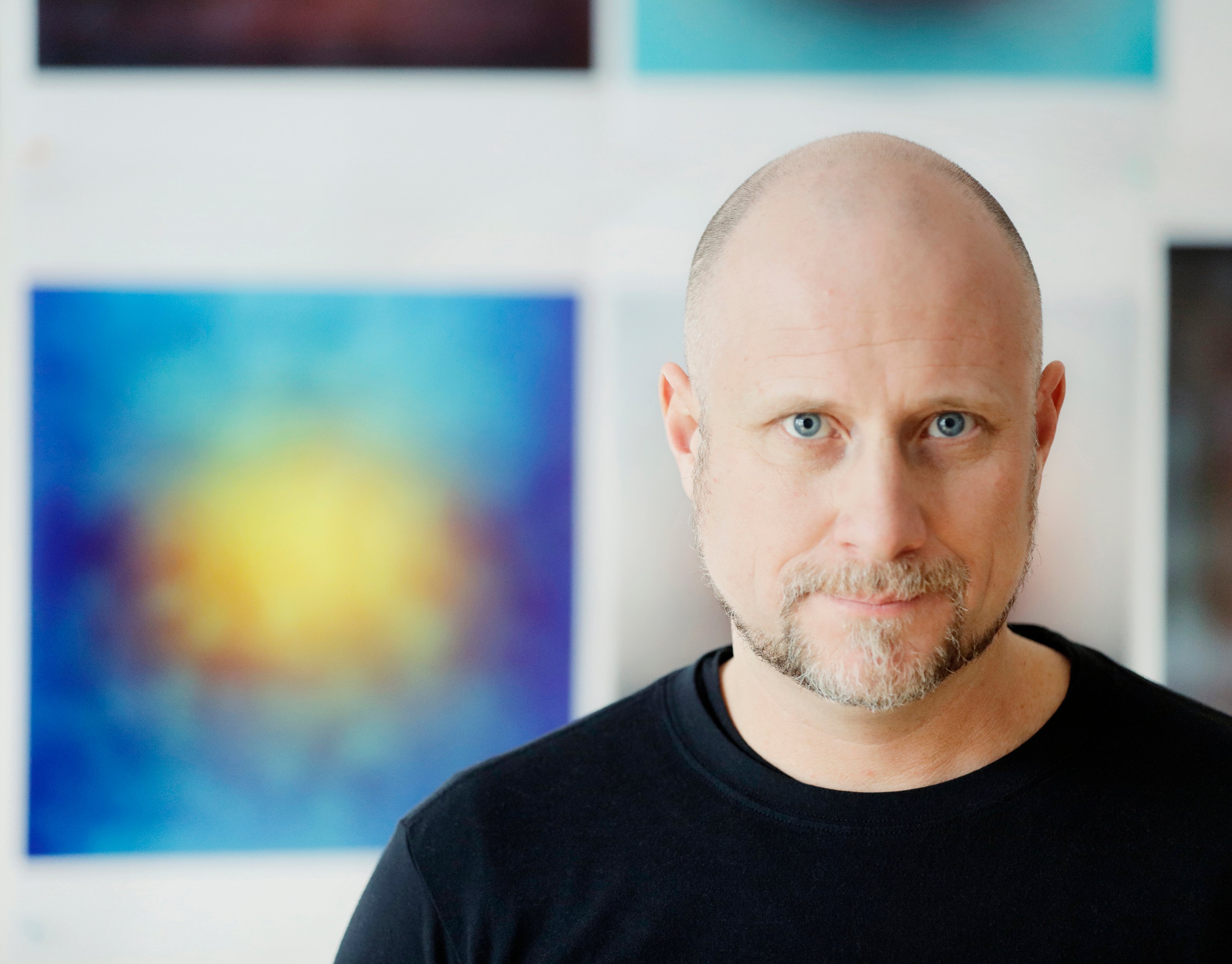
Artist Trevor Paglen, who creates works in multiple mediums that address topics like government secrecy and surveillance, will be the inaugural artist-in-residence at the Iris & B. Gerald Cantor Center for Visual Arts at Stanford University, over the coming months.
“Trevor seemed an obvious choice for our first artist-in-residence,” said Ali Gass, chief curator and associate director at the Cantor, in a phone interview with artnet News. “There are great technological innovations taking place in computer science at Stanford’s AI Vision Lab, and the law school is exploring the ethical challenges presented by these new technologies, so to have those two camps come together on a platform created by a contemporary artist is simply ideal.”
To kick off his residency, Paglen will present a multimedia musical performance in collaboration with the Kronos Quartet and Obscura Digital in January in San Franscisco. The presentation takes place on January 14, 2017, at San Francisco’s Pier 70. It coincides with both the FOG Design+Art Fair and the debut of Untitled, San Francisco, also taking place at the pier. The pier has long been disused, but is soon to be redeveloped and occupied by Obscura Digital, a multimedia creative studio, among other tenants.
An image of a member of the Kronos Quartet as seen by Paglen’s software. Courtesy the artist.
“It’s the first time working together for all of us,” Paglen told artnet News by phone on Thursday, taking a very quick break from rehearsals.
The theme for the project is what Paglen terms “machine vision” in the essay “Invisible Images (Your Pictures Are Looking at You),” published recently at the New Inquiry. Paglen describes a teeming landscape of computer programs and algorithms lurking out of human sight, which can see the images we post to social media even when the screens are off, and then turn them to mercenary and sinister uses.
“In the studio for the last couple of years, I’ve been developing software that allows us to see images in something like the way a machine sees them,” Paglen said.
During the performance, as the musicians play on stage, Paglen will project images on a wall behind them that show, live, the ways that various algorithms and machine-vision software programs render them. For Paglen, the contrast between music’s emotional register and the impassive vision of a computer is meant to highlight the divide between human and machine sight.
The Kronos Quartet, as seen by Paglen’s software. Courtesy the artist.
Judging by a few images Paglen sent, while machines may not see in the same way as humans, different programs seem to see in distinct ways. Some show their subjects as line drawings, while others resemble artsy black-and-white photographs; still others resemble watercolors, and one is completely abstract.
“None of this software was intended to work in real time,” Paglen said at the end of our brief chat, as he headed back to rehearsals, “so there’s been a lot of work to fit it to a performance. It’s been exhilarating, but also a lot of work.”